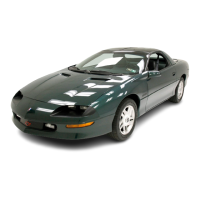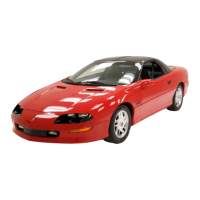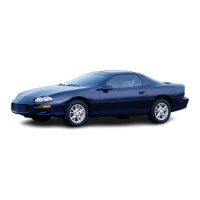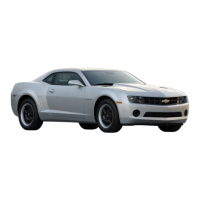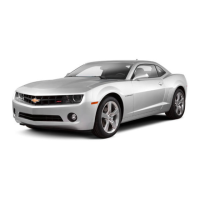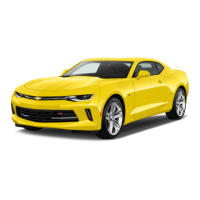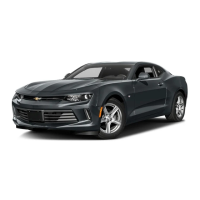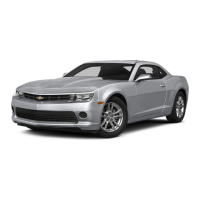',: ".,":'"
::
:->---',,,','"
""'-:'-:<:<-:-.:-,
-"
-':-
"
:-'
:
;-':~-:
;
.-"".'<,
,'
~
•
See
~ur
~aler
if
~~I
'height does not return to normal, or if
there is a rapid increase
in pedal travel, which could
be
a sign of
other bfake trouble. "
•
Also see your dealer if the parking brake needs adjustment.
NonCE:
"Riding
the
brake"
by
resting
your
foot
on the brake 'pedal
when
not
Intending
to
brake can cause overheated- brakes. This can
wear
out
the brake linings faster
anC!
damage the brakes themselves,.as
well
as waste fuel. -
PARKING BRAKE
• To set the parking
hrat<e,
fully depress the foot pedal at the -far
left side. -
• For better holding power, first press down the regular brake J
pedal with the right foot. Then hold it while setting the parking
brake with the left foot.
• To release the' parking
brake,
pull the "Brake Release" lever
located at the lower left of the instrument panel.
• To help remind.
you,
the brake system warning)ight is designed
to come on if the parking brake control is not tully released and
the ignition key is
on.
• Never drive the vehicle with the parking brake set as this may
overheat the rear brakes reducing
their' effectiveness and
causing excessive wear or damage.
NonCE:
Front
disc
bra-kes have a
built-in
wear
indicator
that Is
designed
to
make a
high-pitched
-squealing
or
cricket-like
warning
sound when
the
brake
'-
linlngs are worn
to
where
new
linings are
needed.
_
The sound will come and go;
or
be
heard
all the time when the wheels
are rolling,
but
will
stop
when the
brak-e
pedal
Is pushed
down
firmly.
There are also several brake checks listed in the Maintenance Schedule
-folder.
CLUTCH PEDAL-
On
models equipped with a manual transmission, a clutch pedal is
used to engage or disengage the clutch, thereby connecting
or -
disconnecting the engine from the transmission and driveline to rear
wheels.
When
the pedal .is fully extended the -clutch is
engaged,
driving the transmission and the rear
wheels."
12

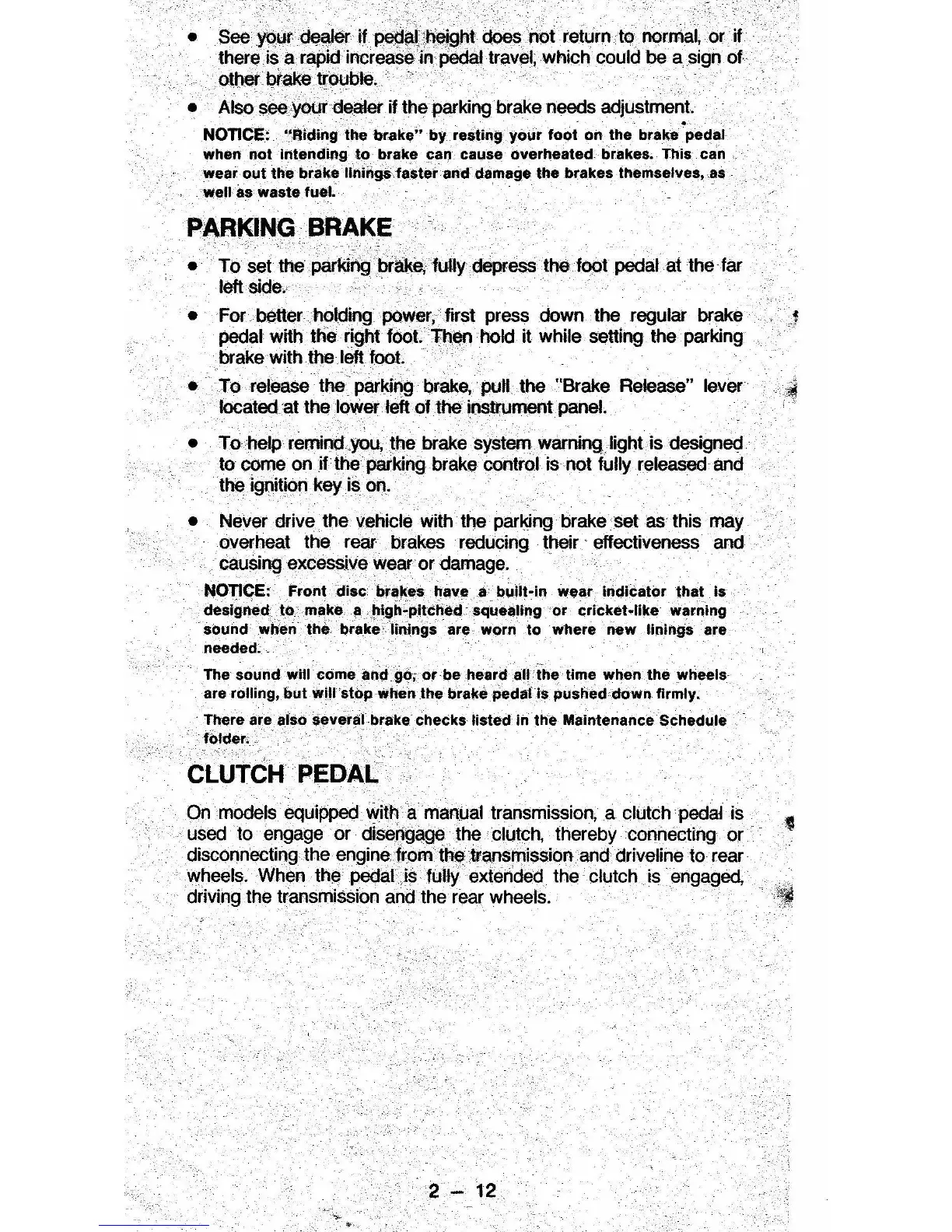